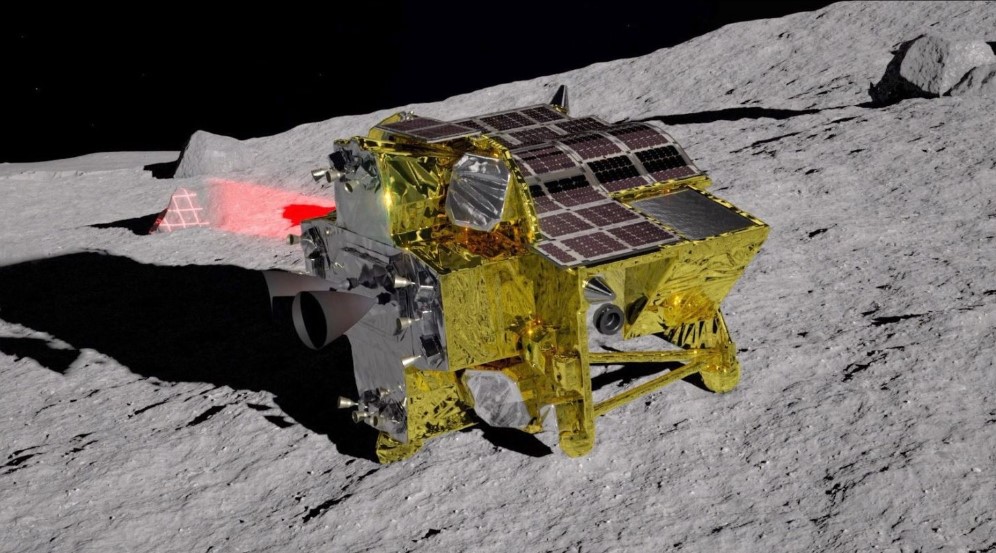Japan’s Lunar Lander is on the Moon, But Its Status is Unclear

Space News ,Japan :- Japan's "Moon Sniper" robot explorer has made it to the moon's surface, but we're not sure how well it's doing, says the Japan Aerospace Exploration Agency (JAXA).
The Smart Lander for Investigating Moon, or SLIM, mission landed around 10:20 a.m. ET on Friday (12:20 a.m. Saturday Japan Standard Time). JAXA is currently checking on the lander's condition and will share updates during a press conference.
If the landing went well, Japan would become the third country in this century, and the fifth ever, to successfully land a spacecraft on the moon.
SLIM, also known as "Moon Sniper," is a small robot explorer launched in September. It's nicknamed "Moon Sniper" because it uses new precision technology for a super precise landing. Unlike previous missions that covered large areas, SLIM targets a landing site just 100 meters (328 feet) across. Its "smart eyes," an image-matching-based navigation technology, takes rapid photos of the lunar surface and adjusts the spacecraft's descent for a precise touchdown on a sloped surface.
The Moon Sniper is aiming for a landing site near the Shioli crater in the Sea of Nectar, south of the Sea of Tranquility where Apollo 11 landed in 1969. If the landing is successful, it will briefly study rocks at the site, providing insights into the moon's origin.
Scientists are particularly interested in rocks created by impacts on the moon, as they can offer information about the moon's formation. These rocks, resulting from meteorite strikes, provide a peek into the moon's interior and reveal details about its minerals and composition.
Landing near sloped, rocky areas around craters is usually risky, but JAXA believes its lander has the technology to safely touch down on such terrain.
This moon landing is part of a global space race, with various countries attempting missions in the past year. India, for instance, landed on the moon's south pole in August. However, there have been failures too, like Japan's Hakuto-R lunar lander and Russia's Luna-25.
The competition arises from a desire to access water trapped as ice in permanently shadowed regions at the lunar south pole. This water could be crucial for future space exploration, serving as drinking water or fuel. The SLIM lander, if successful, might offer a design that could be used not only on the moon but also on planets like Mars, according to JAXA.


